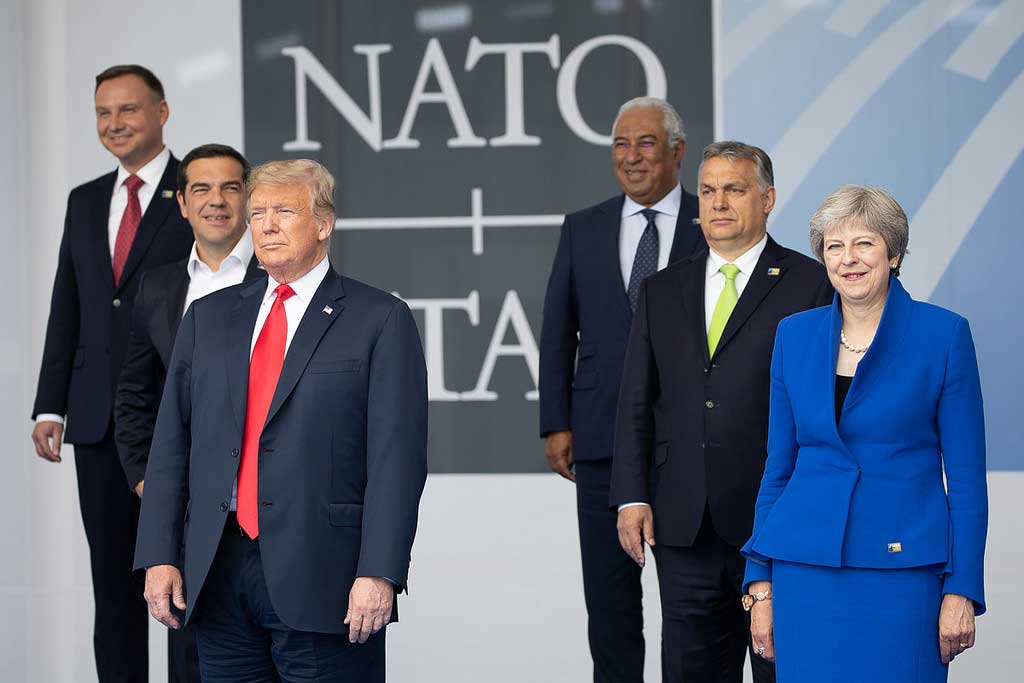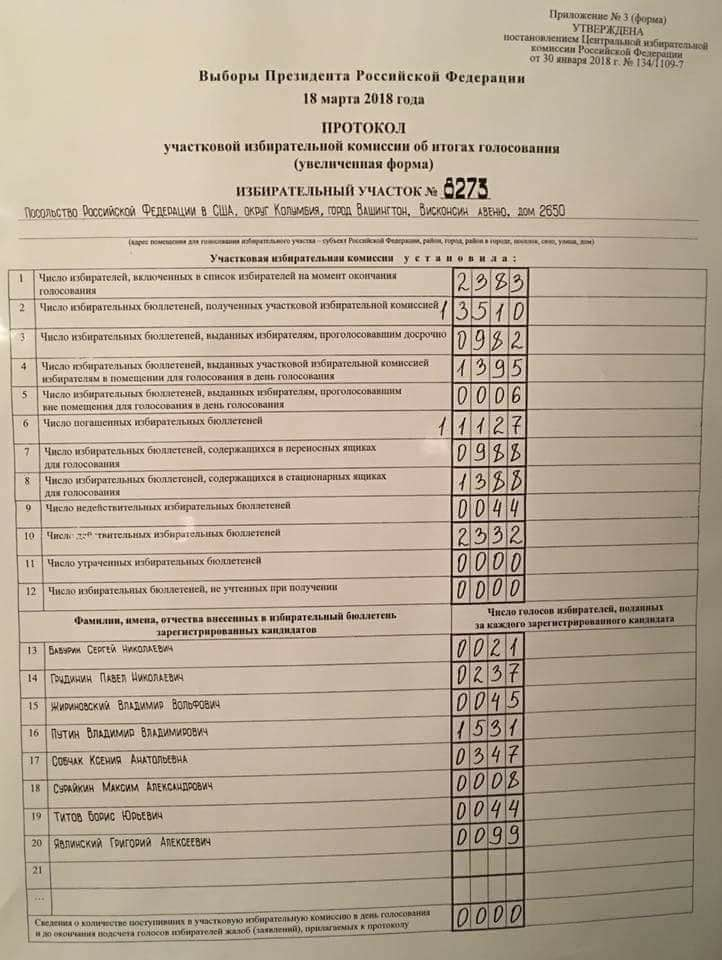I and many Estonians like me await the summit between the United States and Russia in Finland on Monday with a certain sense of unease. I hope I’m wrong, but the feeling gnaws at us nonetheless. Situated across the narrow Gulf of Finland from us to the north, Helsinki – the city hosting the American-Russian summit – happens to be located just a little more than a stone’s throw away from Tallinn, the capital of Estonia.
The View from Northeastern Europe
The Russian President Vladimir Putin can be expected to see if he can extract one or several concessions from Donald Trump in Finland, with the issue of policy towards Iran and other bargaining chips presumably lying on the table even now, as the meeting nears.
What the American president does or doesn’t do during his meeting with the Russian leader could impact particularly on the Baltic States, but also on the other countries sandwiched between Russia and Western Europe. All of this could go in either a positive or a chilling manner for us. Depending on what it is that Putin might try to get the president to concede, there’s a good chance that the agenda of the meeting is going to impact on lots of people, going far beyond the personal instincts of Mr. Trump.
It isn’t excessive to say that Eastern Europe has been sold down the river on several occasions in history (or abandoned or let down, regardless of how you want to phrase it). This makes us leery in anticipation of the possible outcomes of the Helsinki summit. If you lived in a geopolitical china shop as we do, you too would want Western allies to remain mindful of regional concerns and sensitivities.
What Might Putin be Attempting to Gain from this Meeting?
If I were Vladimir Putin, what goals would I be gunning for as I head off to negotiate and parlay with Trump? Putin can be expected to encourage Mr. Trump to follow through on the president’s impulse to remove U.S. troops from Europe. If he fails at that, Putin can try to extract a promise from the American leader that Washington and NATO will never base troops in the Baltic States or elsewhere along the eastern flank of Europe on a permanent basis. The rather small garrisons currently posted to the three Baltic States by allied nations (including the US) are here on a rotational basis. While we’re genuinely grateful for their presence here, the sense of the potential impermanence of such a rotating arrangement does keep us on edge a bit. Isn’t it possible that while Vladimir Putin protests too much, the western countries just plain pay too much attention to his complaints, which ultimately results in near-paralysis, instead of attending to self-interest?
If I were the boss man in the Kremlin, I’d want President Trump to pledge that the size of what currently amounts to skeleton crews stationed in the Baltic States by allied nations won’t be increased, and that the Baltic States will never see any heavy weaponry, such as main battle tanks of their own. I’d want the Baltic States to stay vulnerable and remain unable to defend their air space with Pershing or other heavy-duty interceptor missiles. My overall goal would be that Eastern Europe as a whole must never be given the chance to attain a credible and sufficient deterrent capability.
There are actual reasons for why the United States should want Eastern Europe to achieve a sufficient defense posture, such as the vital need to keep NATO from losing its credibility in the event of a potential conflict. Certainly one of the reasons why the US used to keep large numbers of troops on European soil was to try to “keep it in Europe”, helping to avoid future conflict from physically spilling over onto America’s home turf.
Why not Shift American Presence from Germany to Northeastern Europe, Where it’s Needed More?
Warsaw has asked the US if Washington might not consider positioning an American armored division on Polish soil. Not for free, but with Poland ponying up a proposed 2 billion dollars to the US for the upkeep of that armored deterrent. If I were Putin, I’d try real hard to nip that in the bud. After all, the Baltic States might get similar ideas, and maybe there are policymakers out there somewhere who might try to work out long-term leasing or other payment arrangements that would enable Estonia and others to procure expensive but nonetheless vital American and other military hardware that the Baltic countries don’t quite seem to be able to afford yet. Although we’re working to do better, the Baltic States and several other countries neighboring Russia continue to have lamentably weak defense postures. As things now stand, successfully sending reinforcements to NATO’s Achilles heel of the Baltic States in a crisis situation would be a tough nut to crack, which is how Moscow would like to keep it. Never mind that Russians have been methodically upgrading their own war fighting capabilities in recent years. Although things are slowly moving in the right direction for the Baltic Stat





